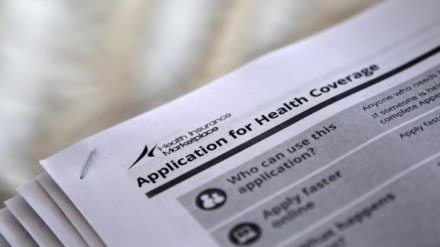It’s a Catch-22 situation for most consumers, especially senior citizens. Rising healthcare costs, at 14-15% a year or almost double the consumer price inflation rate, make health insurance a necessity. At the same time, if they have to buy medical insurance, the premiums are prohibitively high. Sample this: According to reports, the average health insurance premiums have risen by almost 50% in the past six years, rising at a compound annual growth rate of 7%. And premiums have risen even faster by 25-50% in just the past year. Things are likely to get worse, with insurers gearing up for another round of hikes after the regulator reduced the waiting period from four to three years for pre-existing diseases and eliminated the age restrictions on health insurance policies for individuals. The even higher rates will act as a further roadblock to improving the insurance penetration of non-life, which is a pitiable 1% in FY23. It’s also quite possible that the growth in premium might be coming from the same customer group or even falling, as the population is rising.
While the spike in the premiums as well as healthcare costs have gone up after Covid as insurers had to make significant payouts, it’s unfair on the part of insurers to continue raising rates even after the pandemic is long over. Over the last two years, claims have flattened out, evident from the fact that the industry’s incurred claims ratio has fallen back to 89% in FY23, after rising from 88% to 109% between FY20 and FY22. If insurers don’t stop, most Indians will continue to depend more on their employer’s group insurance instead of buying individuals plans. Even senior citizens are often advised to have a personal emergency fund instead of buying expensive health insurance.
To be fair to insurance companies, the government’s tax policies have complicated matters. It’s quite puzzling that the Goods and Services Tax (GST) is a whopping 18% on health policies — the same rate applicable for televisions (up to 32 inch), shampoos, toothpaste, and services such as cinema, theatre and food and drinks are charged. Members of the General Insurance Council have been saying for quite some time that the GST should be brought down to the minimum 5%, or even zero. It is important as India does not have any social security system for the elderly or the unemployed. In the government’s defence, it is giving tax benefits on health insurance under Section 80D. Then, there are the Ayushman Bharat — Pradhan Mantri Jan Arogya Yojana (AB-PMJAY) and various state government health schemes. But at a time when the government is encouraging taxpayers to move to a no-exemption regime, it’s imperative that the GST is slashed.
Further, given that the rise in the premiums and healthcare costs have been so dramatic, way beyond the consumer price inflation index, a sharp fall of 13%-18% is needed to somewhat offset this increase. This has already caught the attention of the Supreme Court, which has threatened to impose the Central Government Health Scheme rates on all hospitals as an interim measure. But it is a tricky area as any intervention will lead to strong resistance. The slashing of GST could also have a twin effect — while pressuring insurers to keep premiums under check, it will send a strong signal to healthcare providers that the big brother is watching. Sometimes, signals work better than actions.
